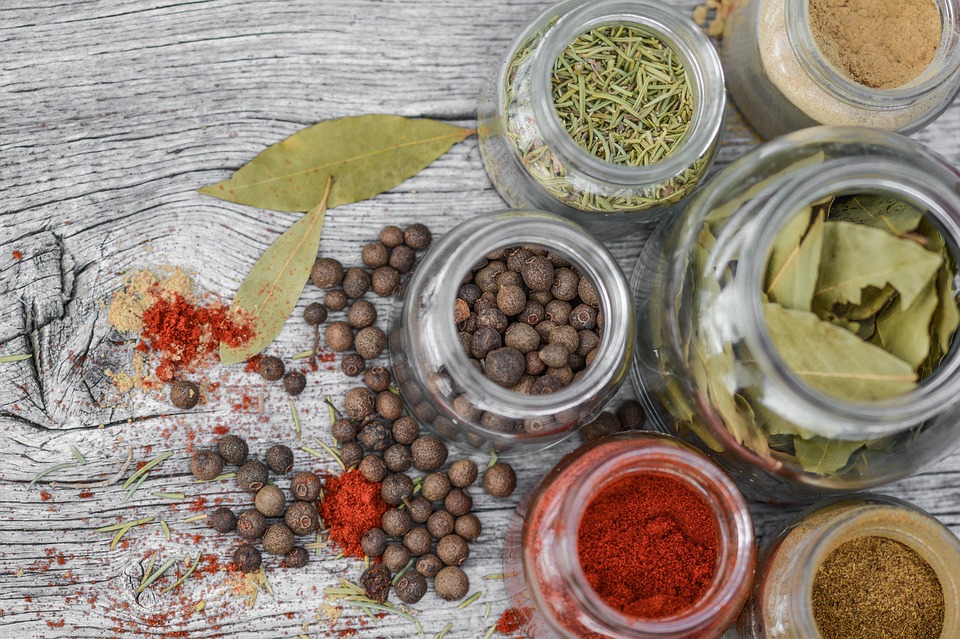In an age where culinary experiences are increasingly influenced by scientific exploration and innovation, flavor chemistry has emerged as a vital field that intertwines gastronomy and chemical science. This discipline is revolutionizing our understanding of taste and aroma, helping chefs, food manufacturers, and consumers to create and appreciate flavors like never before.
Understanding Flavor Chemistry
Flavor chemistry is the study of how different compounds combine to produce the tastes and smells we experience when consuming food. It involves understanding the chemical interactions that occur during cooking, fermentation, and ripening, as well as the sensory perceptions that arise from these compounds. This intricate web of science involves organic chemistry, biochemistry, and sensory analysis, proving essential for food developers and culinary professionals alike.
The Role of Compounds
At the heart of flavor chemistry are volatile compounds, which are responsible for aroma, and non-volatile compounds, which contribute to taste. These compounds are found in an array of foods, from pungent garlic to sweet strawberries. The interaction between these compounds can yield a unique flavor profile, thereby shaping our overall eating experience.
For instance, the Maillard reaction occurs when heat is applied to proteins and sugars, producing complex flavors and aromas, a process central to cooking meats and baking bread. Similarly, fermentation harnesses the power of microorganisms to produce flavors, which is why aged cheddar tastes distinct from fresh cheese.
Crafting Flavors for the Future
Flavor chemists are increasingly at the forefront of culinary innovation, tasked with both enhancing existing flavors and creating new ones. This has led to the development of flavor enhancers and artificial flavors that mimic natural tastes, enabling food producers to create consistent and appealing products.
Innovation in Food Production
Modern food science employs advanced techniques such as molecular gastronomy, which allows chefs to experiment with texture and flavor at a molecular level. Techniques like spherification, emulsification, and the use of liquid nitrogen open up opportunities for crafting entirely new culinary experiences. This level of innovation keeps diners intrigued while offering them unique flavors that evoke excitement and wonder.
Food scientists are also leveraging technology to analyze and synthesize flavors at an unprecedented scale. Techniques such as gas chromatography allow researchers to isolate specific compounds in food, leading to precise flavor profiling. This, in turn, aids in the development of flavor pairings that were previously unexplored.
Implications for Health and Nutrition
The rise of flavor chemistry is not just about creating better-tasting food; it also has significant implications for health and nutrition. As the demand for healthier and plant-based alternatives rises, food scientists are dedicating efforts to enhance flavor profiles without overly relying on sugar, salt, or unhealthy fats.
For instance, through the manipulation of natural compounds, such as the development of umami-rich plant-based flavorings, scientists are making healthier foods more palatable, directly addressing the consumer’s desire for taste without compromising health.
Consumer Awareness and Engagement
As technology advances, consumers are becoming more aware of the science behind their food. There is growing interest in how flavor profiles are created, and transparency in food production is increasingly demanded. This phenomenon has fueled a new wave of culinary education, where enthusiasts explore the intricacies of flavor chemistry at home, resulting in a more informed and adventurous dining public.
The Future of Flavor Chemistry
Looking ahead, flavor chemistry will continue to play a pivotal role in shaping the future of food. As climate change and sustainability issues affect food production, flavor chemists will be essential in developing sustainable flavor sources, using byproducts of food production, and minimizing waste by transforming less desirable ingredients into delicious alternatives.
In conclusion, the rise of flavor chemistry signifies a new chapter in our culinary narrative. It marries the art of cooking with the science of chemical interactions, providing a framework for creating flavors that are both innovative and meaningful. As we delve deeper into this world, the potential for customization and healthful eating becomes unlimited, proving that science will profoundly shape what we eat for generations to come.


